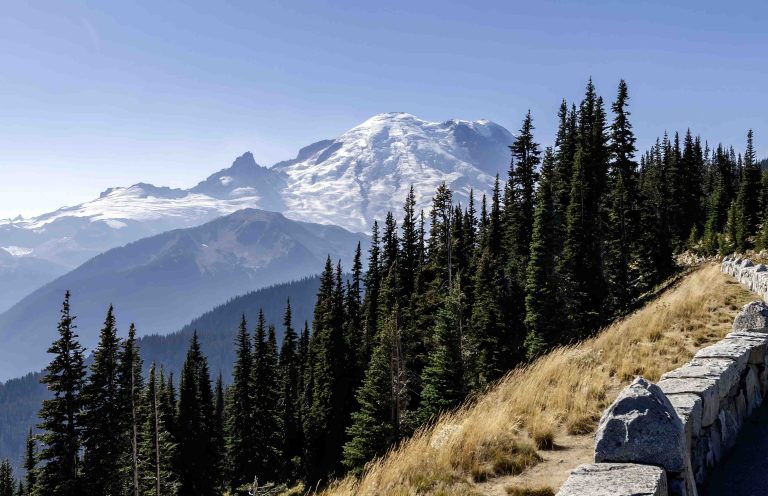Mount Rainier Volcano Plate Boundary: A Geological Marvel
Mount Rainier, an iconic stratovolcano in Washington State, sits at a complex plate boundary where the Juan de Fuca plate subducts beneath the North American plate. This subduction zone, part of the Pacific Ring of Fire, drives volcanic activity and shapes the region’s geology. Mount Rainier’s formation and ongoing volcanic processes are directly linked to … Read more


